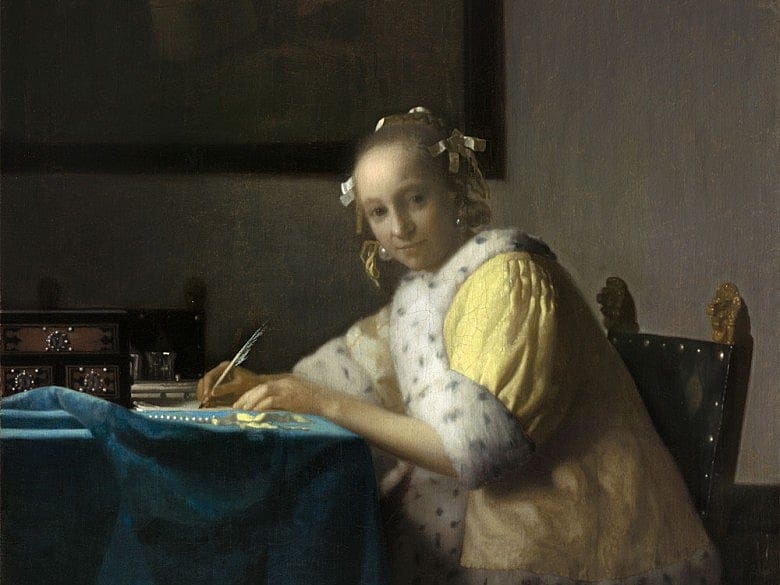The MFA’s Dutch Masters: Artistic distinctions then and now

One way to explain the vision of the Museum of Fine Arts' latest exhibit, Class Distinctions: Dutch Painting in the Age of Rembrandt and Vermeer, is to point to the intellectual feat required to organize so complex a collection. Indeed, it is an impressive tribute to the artistic dexterity of the Dutch Masters. Another way to explain the collection is to emphasize its timeless message.
Matthew Teitelbaum, Director of Boston's MFA since Aug. 3, 2015, introduces Dr. Ronni Baer as the energetic visionary who inspired this collection by saying, "this exhibit is a real feather in her Curatorial cap." Dr. Baer, a specialist in 17th-centruy Dutch and Flemish art, joined the MFA as Senior Curator of paintings in the Art of Europe department in 2000. Five years ago, she began imagining an exhibit contrasting class distinctions. She admits to have surprised herself by how magnificently her efforts and those of her staff took shape in this landmark exhibition dedicated to the examination of social strata in Holland and The Netherlands of the 16th century.

